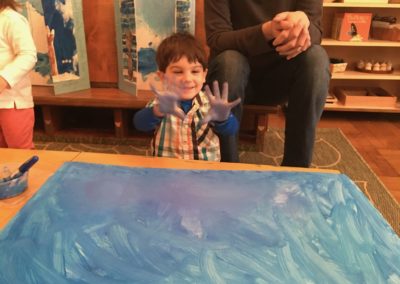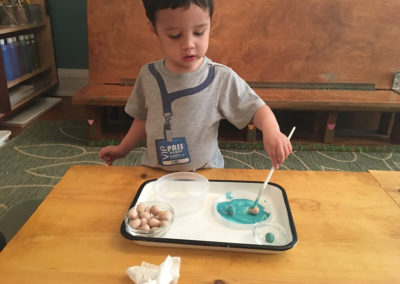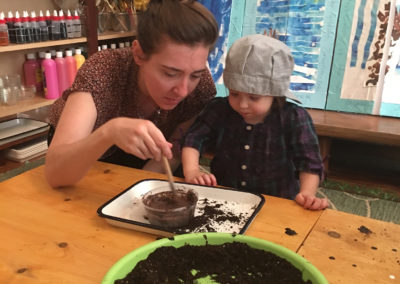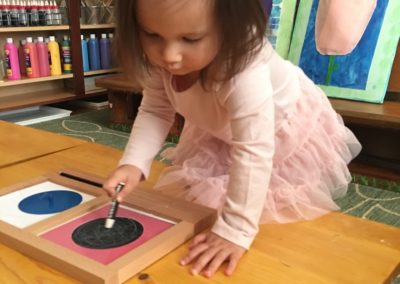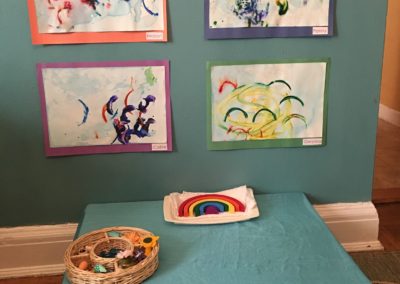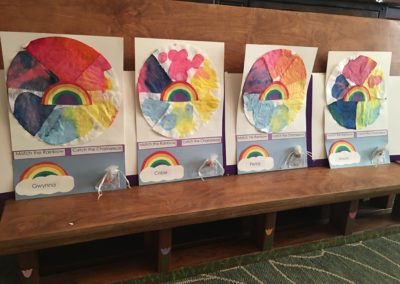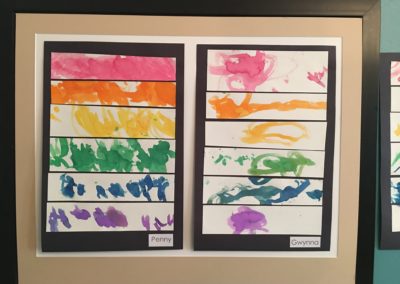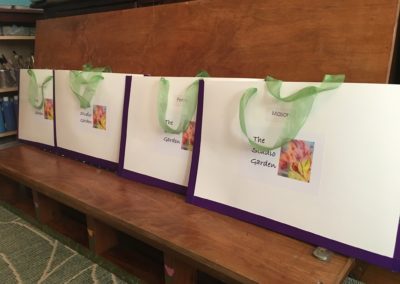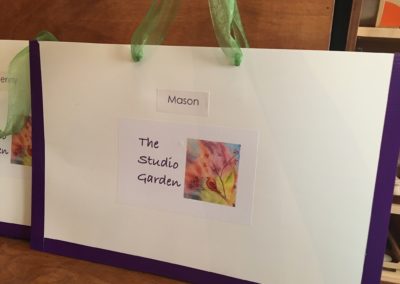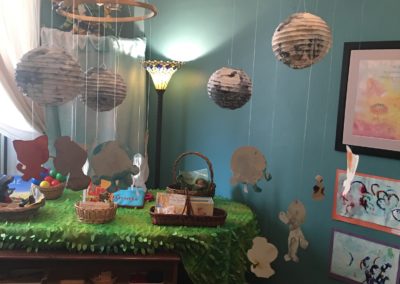Artistic Vision
Early Experiences – Process, Materials, and Purpose
 There isn’t much that compares to the power and beauty of art – both making your own and enjoying the work of another artist. As a child, I remember experiencing the freedom of filling a clear paper and molding a fresh lump of clay – the textures, movements, and colors were a rich experience and comprised some of my strongest childhood memories. The feeling of all possibilities being open and the joy of seeing my creation appear before me was truly magical. Young children experience art making in pure sensory and emotional experiences. They don’t just paint with yellow. They are fully experiencing the color through all sensory and psychological inputs – how it looks, how it makes them feel, and what they associate with that color.
There isn’t much that compares to the power and beauty of art – both making your own and enjoying the work of another artist. As a child, I remember experiencing the freedom of filling a clear paper and molding a fresh lump of clay – the textures, movements, and colors were a rich experience and comprised some of my strongest childhood memories. The feeling of all possibilities being open and the joy of seeing my creation appear before me was truly magical. Young children experience art making in pure sensory and emotional experiences. They don’t just paint with yellow. They are fully experiencing the color through all sensory and psychological inputs – how it looks, how it makes them feel, and what they associate with that color.
When working on processes like painting, cutting, gluing, and shaping, the child is first highly focused on the motor skills and coordination of the process. As he becomes more comfortable with the process, he begins to develop his own aesthetic and preferences. He starts to infuse meaning, story, and emotion into his work. These early forays into art are foundational in skill-building as well as aesthetic, sensory, and emotional development. For this reason, we provide the child with high quality materials so she can feel the richness and substance of her creations. Children are born creators, and we seek to help them realize the fullness of that potential as even the youngest artists.
We also are intentional about providing time, space, and honor to a child’s work. Not only does each child have maximum time to delve deeply in the featured class art projects, but we also have multiple materials and complimentary projects always available for exploration. There is also a special large frame in the classroom that features the children’s work – in the same way that professional pieces are displayed in the art room. Our goal is to infuse creating with a sense of purpose, discovery, and joy. The child needs to see that her work has meaning: it is valued and celebrated. Even within our classroom, the children’s artwork is interwoven into the curriculum that they use in the lessons. Theses are often art projects that the children create in class throughout a unit, and when the unit concludes in class, the children continue to enjoy learning and exploring with the same art project at home. Learning takes on a life of its own as children and their adults add their own layers of meaning and continue to share the experience of the work that was created in the classroom.

